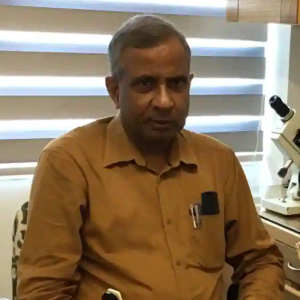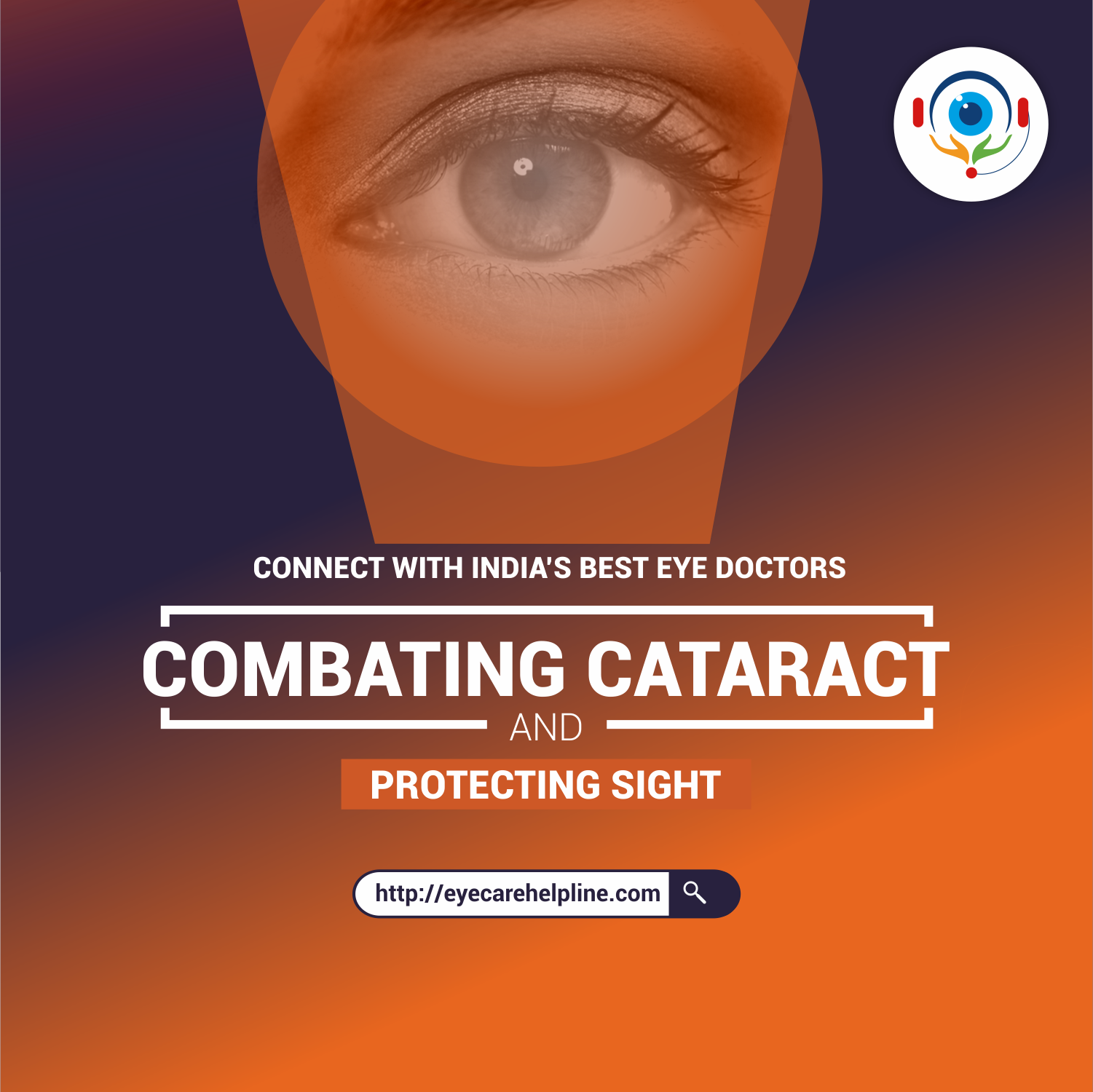- By: Dr. Kanwar Mohan
Normally, both of our eyes are aligned parallel in all directions of movement with the help of six muscles attached to the outside of each eye. To focus the eyes on the same spot, all the muscles in each eye must be balanced and working together in a coordinated manner. Squint, commonly called "Teer", is a condition in which the eyes are misaligned and point in different directions because some muscles in one eye become weak and some become strong owing to various reasons.
The strong muscles pull the eye towards them and this causes the turning of that eye inward, outward, upward or downward.
It occurs in 3 to 5 per cent of all children.
Squint may be present at all times, called "constant squint" or may be present only occasionally, called "intermittent squint". An intermittent squint may become constant as the age of the patient increases.
Sometimes, there is only a tendency towards squint, called "latent squint" which is kept under control by efforts of the eye muscles. When the eye muscles are tired due to overwork, fatigue or illness, they are not able to control the latent squint and the squint becomes clearly visible.
Usually there is no clearly defined cause and a child is just born with squint or it develops during infancy or childhood. Sometimes, there may be a family history of squint and the child may inherit it. Any disease or injury leading to reduced vision or damage to the eye muscles and their nerves or damage to that part of the brain which controls eye movements can cause squint.
Squint is especially common among children who have disorders of the brain like mental retardation, delayed development, brain tumours etc. It can also occur if one eye is considerably more near-sighted or far-sighted than the other.
The main symptom of squint is that one eye is not straight and it looks bad cosmetically. In older children and adults, it gives rise to psychological problems. The affected person avoids mixing with others and hesitates to attend functions.
Sometimes the child will close one eye in bright sunlight or tilt the head to use the eyes together.
Normal vision develops during childhood when both eyes have normal alignment. The first six years of life are particularly important, since this is the period when vision is developing. If squint develops during this age, normal vision will not develop and the child will have reduced vision in the squinting eye, which is called amblyopia or lazy eye. Lazy eye occurs in about 50 per cent of the children with squint.
With normal alignment, both eyes focus at the same spot. The brain then fuses the images from each eye into a single three-dimensional image. This three-dimensional image gives us depth perception. When one eye squints, two different images are sent to the brain. In a young child, the brain recognises the image from the straight eye and ignores the image from the squinting eye. This causes loss of depth perception which is an important component of binocular vision. In adults, the brain is not able to ignore the image from the squinting eye and the person has double vision. Latent squint usually does not cause symptoms. But if it is large, the eye muscles may need a great effort to keep the eyes straight to avoid double vision. This may lead to eye strain and headache.
Squint can be diagnosed during an eye examination. Often parents note that the eyes of the child are pointing in different directions and bring the child for an eye check-up. Young children may have a wide, flat nose and a fold of skin at the eyelids near the nose which can make the eyes appear squinting. It is called "false squint". This appearance of squint improves as the child grows and does not need any treatment. An eye specialist can usually tell whether the child has true squint or false squint.
The child should be examined for possible squint as soon as a misalignment is detected by the parents, no matter how small the misalignment or how young the child. No child is too young to be examined. The infant's eyes are often slightly misaligned during the first month of life. However, large degrees of misalignment or misalignment persisting beyond one month of age should be investigated. It is recommended that all children should have their vision and eye alignment checked at or before their fourth birthday. If there is a family history of squint or lazy eye, the vision should be checked even earlier than three years of age. The aim is to prevent amblyopia (lazy eye) and to allow the development of binocular vision.
The treatment of squint does not mean only to straighten the eyes. It is also aimed at preserving vision and restoring binocular cooperation. As poor vision (lazy eye) occurs in about 50 per cent of the children with squint, it is extremely important to tr



